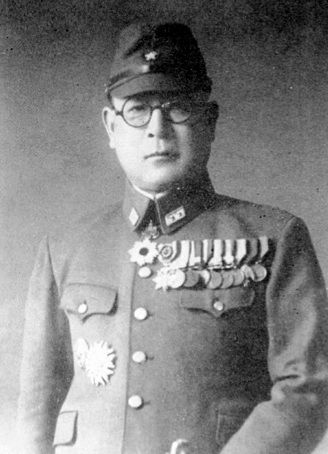On Walkabout At: The Asan Bay Overlook, Guam
Basic Information
- What: Asan Bay Overlook
- Where, Guam, USA
- Cost: Free
- More Information: National Park Service website
Narrative
One of the better views that can be seen on Guam is easily accessible from the War In the Pacific National Historic Site’s Asan Bay Overlook. The overlook is reached by making a left on Marine Corps Drive on to Route 6 up Nimitz Hill at the Governor’s Complex. Stay on Route 6 until it reaches the Asan Bay Overlook entrance:
After parking my vehicle in the small lot I walked over to the flagpole that had both the United States and Guam flags flying:
As I walked to the flagpole I noticed the below sign that can be seen at other historic sites around Guam warning of the unexploded ordinance danger that continues to plague the island due to the World War II battle to free Guam from the Imperial Japanese:
From the flagpole I walked up to the overlook that had sweeping views of Asan Bay down below:
The overlook had a variety of sign boards that explained the World War II history of Asan Bay to include this signboard which showed what the bay looked like on July 31, 1944, 10 days after the initial landing when many ships were docked in the bay and a tent city was constructed on the beach:
I had previously visited Asan Beach to see where the US Marine Corps landings took place on July 21, 1944 to free Guam from the Imperial Japanese.
It was cool to see the beach from a different perspective to better appreciate how the battle unfolded. It is easy to understand why the then called Fonte Hill was used by the Imperial Japanese as a command post because everything happening down below is easily visible. This panorama picture shows the field of view that the Japanese would have had from this hill:
When visiting Asan Beach I made sure to walk along a small ridgeline that was filled with Japanese defensive fortifications. From the Asan Bay Overlook I could easily see this ridgeline as well as the landing beach down below where the 3rd US Marine Division landed:
Something else of interest I could see was the route that Japanese Lieutenant General Takeshina Takeshi used to conduct one final banzai charge on July 25, 1944 with his men from Fonte Hill in a failed attempt to drive the Marines back into the ocean.

Some of the Japanese broke through the Marines’ front lines which even forced injured personnel to fight from field hospital beds against the Japanese attackers. The counterattack failed which opened the door for the Marines to cut off the Orote Peninsula and the Japanese garrison there. Over 3,500 Japanese died in the attack. Lt. Gen. Takeshina ordered a retreat from Fonte Hill and was killed in action during the withdrawal. The Japanese on the Orote Peninsula would also make one final banzai charge but they did so after drinking all the sake they could find. The drunken banzai charge led to a mass slaughter of the Japanese by the advancing Marines and the securing of the airfield on the peninsula. This was the beginning of the end of the Japanese occupation of Guam. Ultimately 1,880 U.S. servicemen died in the 1941 defense of Guam against the attacking Japanese armed forces and the retaking of the island from Japan in 1944.

In honor of the Marines and soldiers who died to free Guam from the Imperial Japanese, the below memorial was installed on the Asan Bay Overlook:
The overlook also had a memorial for Chamorros who were killed during the Peal Harbor bombing. I counted 12 Chamorros from Guam that were killed during the attack:
Conclusion
I highly recommend stopping at the Asan Bay Overlook. It is very easy to get to and offers sweeping views. Plus just like the other National Park sites on Guam it is free to visit. So there really is no reason to not stop and spend a few minutes here taking in the views and learning more about the interesting World War II history of Guam.











